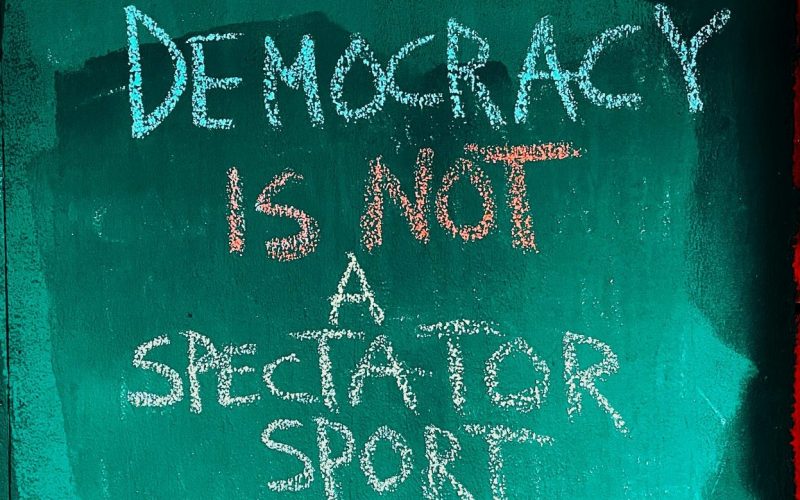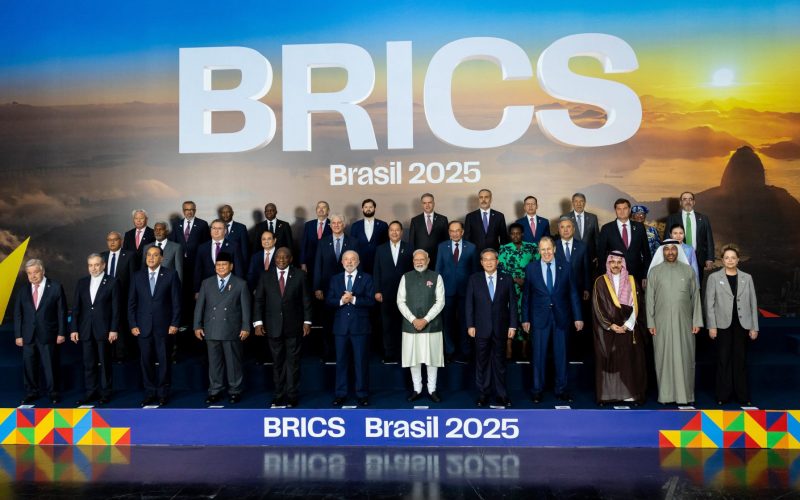Popular uprisings in other states – Algeria, Angola, Cameroon, Gabon, Burkina Faso, Malawi, Morocco and Swaziland – underscored growing public dissatisfaction about the state of governance in their countries. These events served as a re-confirmation that African citizens will not tolerate oppressive and authoritarian rule. However, short of taking to the streets, when societies believe that the ballot box will serve to subvert rather than validate their concerns, does Africa have other tools to advance governance reforms in the region, hold politicians accountable and entrench democracy?
Follow this link To download Chapter 1 of “African Solutions: Best Practices from the APRM”.
One of the most innovative tools that have been developed is the African Peer Review Mechanism (APRM), whose unique and innovative concept of “best practices” allows states to learn from each other and roll out successful governance initiatives. “African Solutions: Best Practices from the APRM,” a new book from the South African Institute of International Affairs (SAIIA), attempts to examine and analyse APRM’s “best practices” and their relevance for enhancing governance on the continent.
The APRM, established in 2002 as part of the New Partnership for Africa’s Development (NEPAD), strives to improve governance on the continent through a combination of meticulous governance reviews, involvement of civil society and peer-learning. Thus far thirty-one African states have joined the APRM. Fourteen of these have already completed their first round of reviews and are now busy implementing pre-agreed commitments to improve their governance practices across four thematic areas: Democracy and Political Governance, Economic Governance and Management, Corporate Governance and Socio-Economic Development. While progress has often been slow, the APRM has already succeeded in producing honest and comprehensive Country Review Reports, providing a platform for citizens to voice their opinions and opening up the political space to allow civil society an opportunity to engage with governments. On a continent where governments tend to be sensitive to criticism and have an adversarial view of civil society, this is no small feat.
Most governance-assessment tools focus on problems and challenges faced by African states. In contrast, the APRM pays attention to the good and the bad, acknowledging problems, but also praising positive developments and practices. These so-called “best practices,” identified for each reviewed country, are intended to serve as templates and models of success. Taking into account that many African states share similar features and characteristics, useful lessons drawn from these practices could be potentially replicated elsewhere. “Best practices” also support the APRM’s goal of “peer-learning”, whereby African states can improve governance both individually and collectively through sharing lessons and assisting each other.
For instance, the editors of “African Solutions” point to Benin, where the APRM report identifies democratic governance change as a “best practice,” calling it “an exemplary democratic process, where everyone accepted the verdict of the ballot box as a sign of the sovereignty of the people.” This practice is especially important to states like Côte d’Ivoire, where the incumbent president refused to accept defeat following a democratic election in late 2010.
In Mali, the Constitutional Court is seen as a “best practice” of a regulatory body. The Court monitors the constitutionality of laws and international treaties, and passes judgement in electoral matters relating to presidential elections and referendums. While the example of Mali’s Constitutional Court is not unique among APRM members, as a similar body exists in South Africa, more states need to emulate this practice to eradicate weak judiciaries and establish good regulatory practices.
A number of “best practices” focus on the fight against corruption, notably in Kenya and Burkina Faso. The former has established participatory mechanisms to combat corruption, including the National Anti-Corruption Steering Committee and Governance, Justice, Law and Order Sector, which incorporate government agencies, civil society and the press into its coordination and implementation frameworks. The latter established small, internal anti-corruption committees in the Burkinabe police service, that monitor and eliminate malfunctions and illegal practices during the course of daily work. While Kenya’s practice includes non-state corruption watchdogs in a government structure, Burkina Faso’s method promotes transparency and internal monitoring. Both practices are worthy of emulation to combat corruption on the continent.
While it is too early to tell what the Arab Spring means for the future of democracy in the region and on the continent, popular uprisings have already sent a strong message to African leaders who abuse human rights and curtail personal freedoms. “African Solutions: Best Practices from the APRM” acknowledges that although the APRM reports identify a number of successful initiatives, much more work needs to be done for these to be replicable. While the APRM provides guidelines for governance improvement, ultimately the leaders of its member states need to demonstrate the necessary political will to reform. Civil society and continental institutions, such as the APRM, can lobby for democratic change and provide recommendations on how to implement it. However, it is up to the current generation of African leaders to ensure that their states become democracies in practice and not in name only. Otherwise we may soon see more “Twitter revolutions” in Africa.
To buy the book, please follow this link to Jacana Media.
For further reading on the APRM, please see the following
Books
Grappling with Governance: Perspectives on the African Peer Review Mechanism Edited by Steven Gruzd, Published by Fanele (an imprint of Jacana Media) in association with SAIIA, 2011.
The African Peer Review Mechanism: Lessons from the Pioneers by Ross Herbert and Steven Gruzd, SAIIA, 2008
Policy Briefings
Ten Reasons to Keep Faith with Africa’s Peer Review Process by Steven Gruzd
SAIIA Policy Briefing, No 17, May 2010
Occasional Papers
SAIIA Roundtable: The African Peer Review Mechanism – Progress and Prospects Summarised by Steven Gruzd
SAIIA Occasional Paper No 59, April 2010
Socio-economic Problems Facing Africa: Insights from Six APRM Country Review Reports by Terence Corrigan
SAIIA Occasional Paper, No 34, June 2009
Common African Political Governance Issues: Lessons from Six Early APRM Reports by Yarik Turianskyi
SAIIA Occasional Paper, No 28, March 2009 (English)








